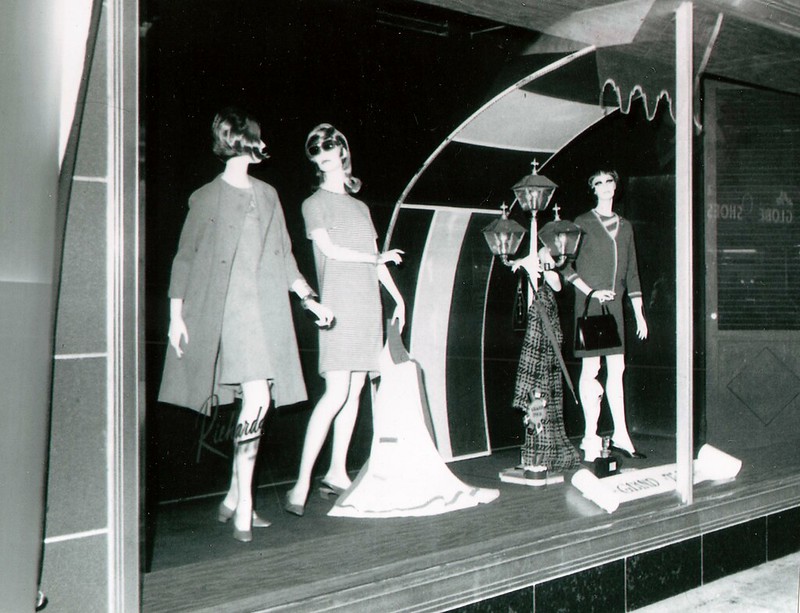Marketing sciences is everywhere – except in pricing
A hot topic for marketers everywhere at the moment is pricing – or more precisely, how to determine it in a world of great uncertainty, Thinkerbell’s Matt Plant writes.
Who isn’t obsessed with ‘value’ at the moment, and within this vague concept what we do about ‘pricing’? In a world of uncertainty, it feels like it’s a very hot topic for marketers everywhere.
As extraordinary as this may be, the most valuable and easy to manipulate P in the famous 4Ps of promotion, product, place and price, is all but missing in the marketing literature.

Pricing is the trickiest of the 4Ps to find in marketing science. Picture: Phillip Pessar


Plenty of pricing work being done by research firms, consultancies and marketers around Australia. But it’s true, you wouldn’t ask your ad agency.
We agree @Really…? this stuff is too important to leave to an advertising agency.
Who called him a guru? Want to know if this is self anointed or forced or other.
Perhaps association with Logan Paul himself has more to do with the black market premium on Prime than pricing strategy or perceived cognitive impact. Ask any person paying $30 a hit if they’d rather pay less for same and I’m quite sure they’d say yes.
[Moderated under Mumbrella’s comment policy]